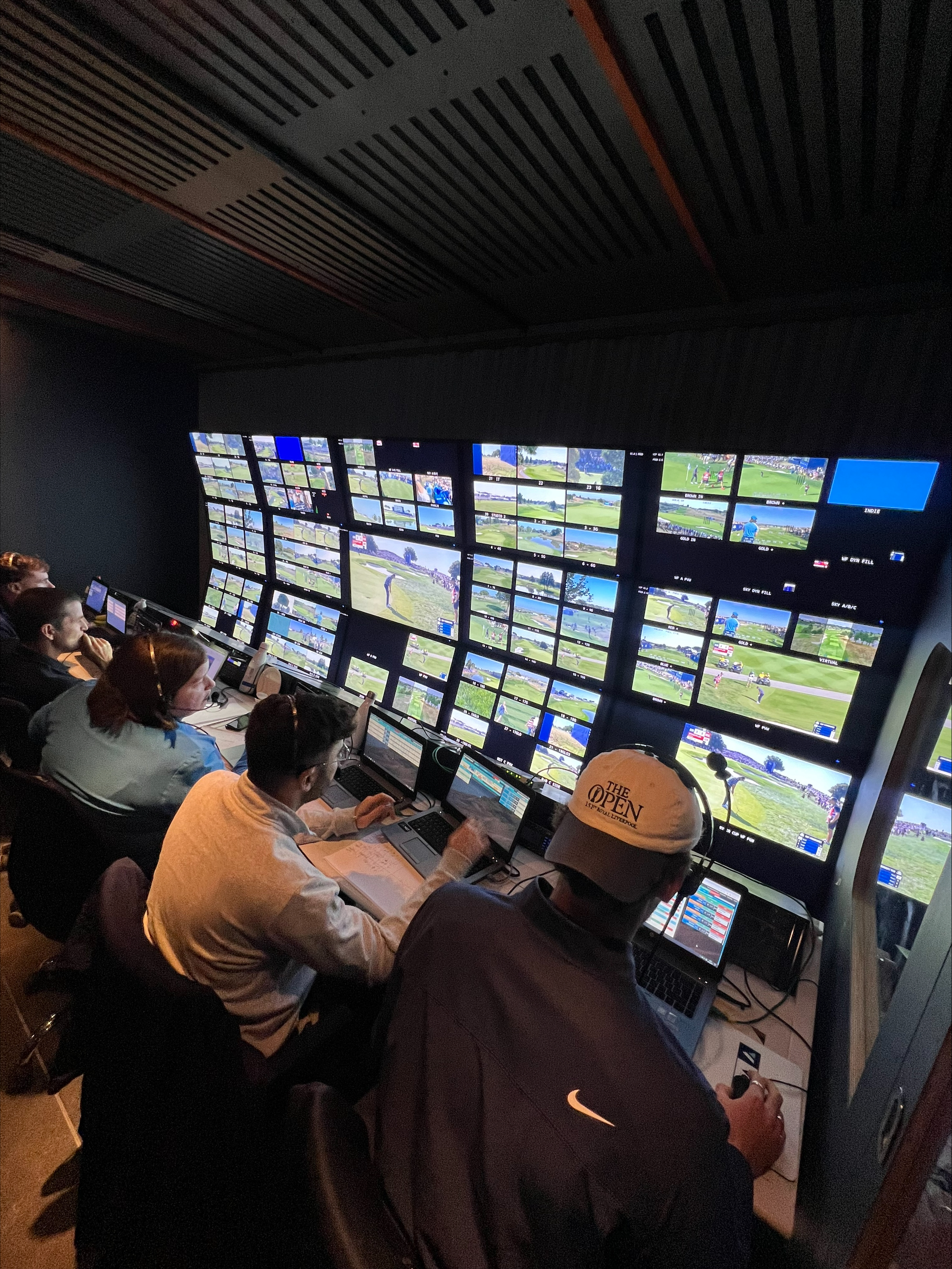
MALVERN, UK—Verso Live saysthat the latest version of its broadcast graphics software was used to produce all the graphics for the recent 44th Ryder Cup held in Italy, Sept.-Oct. 1. Verso Live received numerous software updates ahead of the tournament, and its parent company MST SYSTEMS, redesigned the on-screen graphics.
MST has already used Verso Live on DP World Tour events, but this was its first appearance at the Ryder Cup, where it served as the graphics platform across the entire tournament, from the All-Star matches that started on Sept. 27 through to the main tournament. MST says one of its key innovations of Verso Live is making the powerful Unreal Engine realtime 3D environment “fit in with established broadcast workflows, providing artists and designers with the best graphics capabilities available while ensuring seamless operation in a pressured live broadcast setting.”
“This year's Ryder Cup graphics package design and build was completely new,” comments Jeff Clark, Managing Director, Verso Live. “MST SYSTEMS worked across the original graphics design, whilst Verso Live worked closely with its team to assist in the build of graphics in Unreal Engine. All graphics were created in the native Unreal Engine editor using user widgets, after which they were loaded into Verso Live for data integration, control and playout.”
The last time the core technology behind the tournament’s graphics was changed was in 2012. A new feature for 2023 was the constant leaderboard—which while it had been used previously on strokeplay tournaments—worked very differently for the unique team matchplay format for the Ryder Cup. This graphic was on-screen at all times, providing information on the state of all matches, while it could also transform to show additional information such as individual pairings information, match headshot graphics, or shrink to show only concise match information.
“A new update in Verso Live, motivated by The Ryder Cup, is our "state" system – this is where graphics artists are able to query the state of all graphics in Verso through Unreal Engine blueprints. It facilitates different animation states depending on what graphics are on-air,” explains Clark.
The team also worked closely with Capgemini to ingest its “Outcome IQ” probability data model. This provided real-time updates on the probabilities of winning each hole, match, session, and the Cup itself. Outcome IQ also identified shots and holes that created the biggest swing in the match outlook, which was then fed to the graphic team to visualize on screen.
The professional video industry's #1 source for news, trends and product and tech information. Sign up below.
